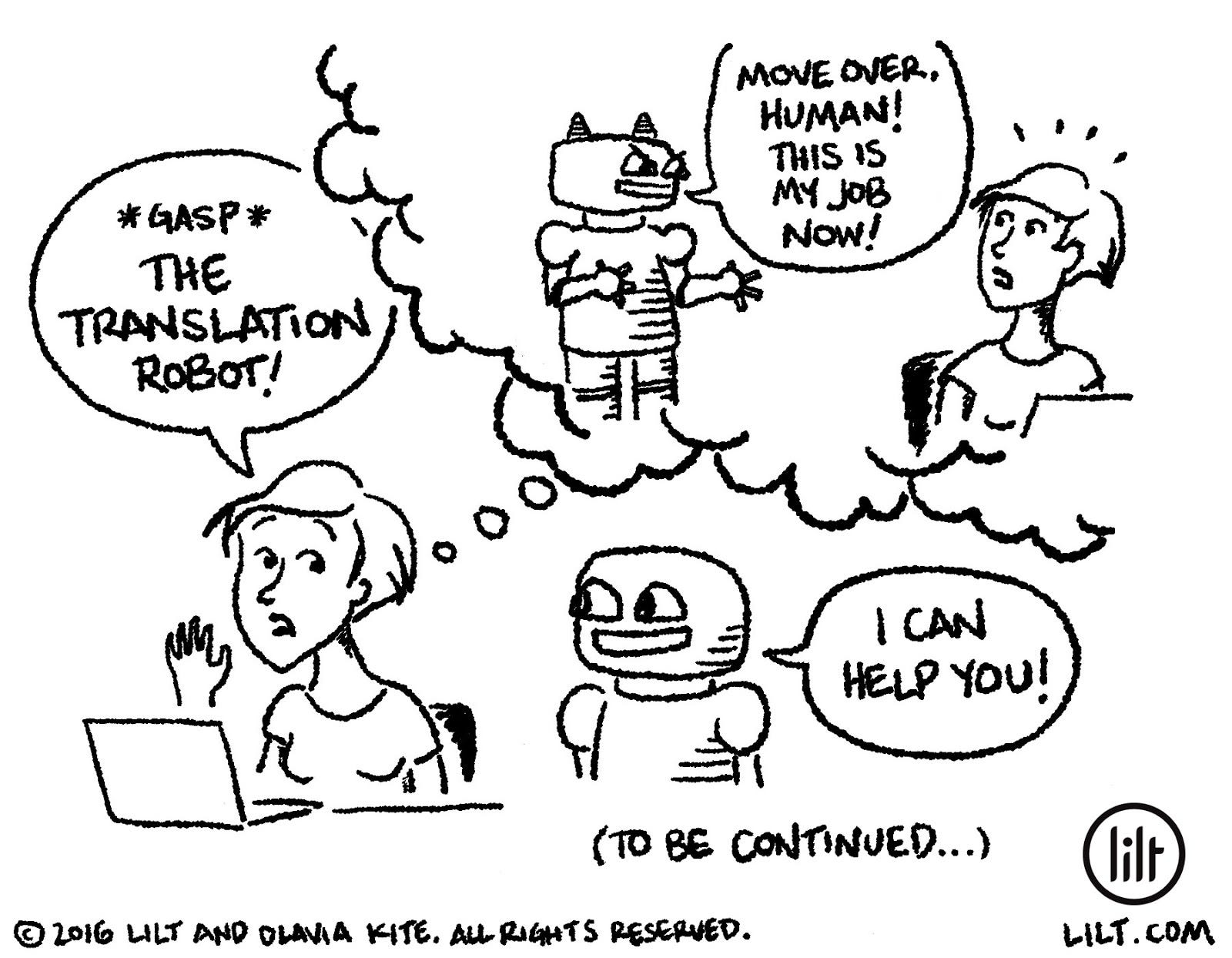Top 10 localization acronyms, decrypted

If you're beginning to research localization, you'll soon discover it's a highly specialized industry, complete with its own vernacular. That's not to say it isn't accessible or welcoming. One goal of translation, after all, is to break down barriers of communication - not create them.
As with any industry, localization comes with its own vocabulary, and within it, acronyms meant to aid conversations. While the nature of abbreviations is an inherently good one—to have more productive discussions by shortening phrases—acronyms can leave knowledge seekers feeling confused and excluded. Some acronyms are reasonably intuitive; some are not.
Here's a list of the top acronyms and numeronyms to help increase your competency in localization:
g11n: Globalization. The process of expanding products and services to global markets.
i18n: Internationalization. Designing and developing products in a way that allows them to be localized into regions and languages.
L10n: Localization. The process of adapting products, services, and content to specific regions and markets.
t9n: Translation. The process of converting text into another language.
LSP: Language Service Provider. A translation agency. LSP’s may offer a variety of translation services, generally using a network of freelance translators.
MLV: Multiple Language Vendor. A translation company that provides services across multiple language pairs.
SLV: Single Language Vendor. A translation company that specializes in one language.
CAT: Computer Aided Translation. System in which a computer program aids a human in translating text strings.
TM: Translation Memory. Database that stores segments (sentences, paragraphs, or strings of text) that have been translated.
TMX: Translation Memory Exchange. A file that exchanges TM data with a CAT program.
To further your knowledge, try this Localization Essentials course, led by localization experts at Google.

.jpeg)


